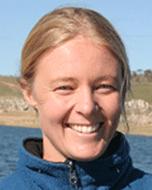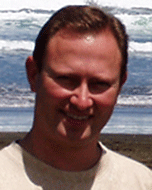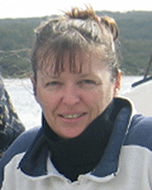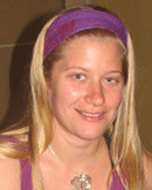Marine mapping survey reveals broad-scale seabed environments of remote offshore basins in Western Australia*
Tanya Whiteway A , Andrew Heap B , Tara Anderson C and Rachel Przeslawski DA Geoscience Australia GPO Box 378, Canberra, ACT 2601. Email: tanya.whiteway@ga.gov.au
B Geoscience Australia GPO Box 378, Canberra, ACT 2601. Email: andrew.heap@ga.gov.au
C Geoscience Australia GPO Box 378, Canberra, ACT 2601. Email: tara.anderson@ga.gov.au
D Geoscience Australia GPO Box 378, Canberra, ACT 2601. Email: rachel.przeslawski@ga.gov.au
The APPEA Journal 50(2) 730-730 https://doi.org/10.1071/AJ09094
Published: 2010
Abstract
Between October 2008 and January 2009, Geoscience Australia conducted a marine mapping survey to document the seabed environments and subsurface geology of the Zeewyck, Houtman, Exmouth sub-basins and the deep-water Wallaby (Cuvier) Plateau, Western Australia. The seabed mapping survey, the second and largest mapping survey of the Federal Government’s Offshore Energy Security Program, documented seabed environments and biota from multibeam sonar and sub-bottom profiler data, towed video footage and physical samples. Preliminary analysis of the data indicates that for all of the sub-basins the seabed is comprised of carbonate mud that supports relatively sparse infaunal populations. Rocky substrates, principally in the numerous submarine canyons, supported sparse communities of sessile organisms.
Interestingly, some of these hard-grounds were associated with volcanic (basaltic) peaks on the upper slope that attain 200 metres above the surrounding seabed. Data collected from the survey are being analysed in conjunction with existing environmental data to establish a series of environmental summaries that describe the key seabed habitats and biota for the offshore basins. The environmental summaries are being made available to support future acreage release in the sub-basins. The marine mapping survey was run in combination with a regional 2D seismic survey of the same offshore basins, also completed as part of the Offshore Energy Security Program.
Keywords: survey, seismic, biology, Cuvier, Perth, Zeewyck, Houtman, Wallaby, geology, biology, geomorphology, canyons, multibeam, magnetic, Exmouth

Tanya Whiteway graduated from the Australian National University in 2000 with an Honours degree in Resource and Environmental Management. Tanya joined Geoscience Australia in 2006 working on Australia’s submission to the United Nations Commission on the Law of the Sea (UNCLOS) and creating the revised 250 m bathymetric grid of Australia. She is currently working jointly for the Seabed Mapping and Characterisation group, and the Law of the Sea and Maritime Boundaries Advice project investigating collation and analysis of marine data for industry and government, and unstable coastline classification. |

Andrew Heap is project leader for the Seabed Mapping and Characterisation project at Geoscience Australia. His role is to direct research examining the inter-relationships between geoscience, oceanography and biology in the context of spatial modelling and process studies. Andrew received his PhD from James Cook University in 2000 and his research includes the geomorphic evolution of estuaries and spatial analysis of seabed habitats. Throughout his career Andrew has focussed on applications of marine geology to solving practical problems for government and industry. |

Tara Anderson is a Research Scientist (Benthic Ecologist) at Geoscience Australia. Her research over 15 years has focussed primarily on the relationships between benthic habitats and biota, including biophysical sea floor mapping, in a broad range of coastal and offshore marine ecosystems in New Zealand, Australia and the west coast of the United States. |

Rachel is a marine benthic ecologist with research interests spanning global change biology, larval ecology and marine habitat mapping. She completed her PhD at the University of Wollongong and then finished a post-doctorate at Stony Brook University in New York. She is currently employed at Geoscience Australia where she is examining the utility of abiotic surrogates for marine biodiversity. This opportunity has allowed her to participate in several deep sea and tropical surveys and expand her research from temperate intertidal zones. |


